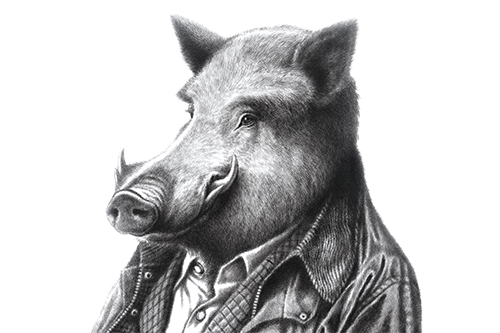Woods & Experiences
Enjoy the great outdoors with us.
A broad mix of experiences from our popular Hawk Walks to fantastic clay pigeon shooting, making use of Wild Boar Estate's on site shooting range.
Come and experience Wild Boar Estate. We have three exciting dinner offers to choose from for stays to September.
Choice of Dinner Allowance to enjoy in the Grill & Smokehouse Restaurant (£29, £39 & £49)
Enjoy a 3 hour thermal journey at The Spa at Low Wood Bay. Explore our indoor and outdoor thermal experiences whilst soaking in the stunning views of Windermere. Staying at Wild Boar Estate in one of our cosy rooms and enjoy breakfast in the morning.
B&B plus
Spa
Book a room direct with English Lakes Hotels to ensure you receive the best price for your stay at Wild Boar Estate.
Out go the 'delicate finger sandwiches' and in come delicious English Lakes Longhorn beef slider and Mad Pig beer battered mini fish & chips. We couldn't lose all the traditions, our Alternative Afternoon Tea is finished with a classic favourite, scones with jam & clotted cream.

Eat & Drink
Dishes to inspire your appetite at the Grill & Smokehouse, and top quality home-brewed beers await.

Restaurant with fantastic ambience, slate floors, open fires and seasonal menus to delight both locals and guests.

The Brewhouse at Wild Boar Estate, extends our passion for excellent food and exquisite ales.
Eat & Drink
Dishes to inspire your appetite at the Grill & Smokehouse, and top quality home-brewed beers await.

Restaurant with fantastic ambience, slate floors, open fires and seasonal menus to delight both locals and guests.

The Brewhouse at Wild Boar Estate, extends our passion for excellent food and exquisite ales.
Great flavoursome food from our Grill & Smokehouse restaurant, individually designed bedrooms and suites, home-brewed beer and a library of single malt whiskies, outdoor activities and stunning private woodland all make for extensive choices when it comes to planning your perfect wedding.
ideally situated for both business and recreational pursuits.
Places to visit, things to do, sights to see!